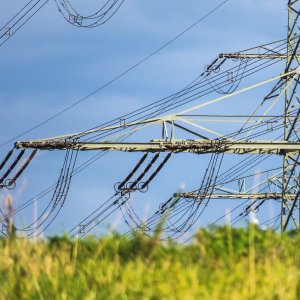Hydroelectricity Returns to the Limelight

Q: How do you feel the hydroelectric power needs were addressed in the round table of the Consultative Council on Renewable Energies for the National Development Plan?
A: We pushed for fixed, long-term wheeling costs, preferential dispatch, and energy banks. While there is still space for the authorities to address these issues under the new framework, these were unfortunately not incorporated. The Law of the Electricity Industry places renewables and cogeneration plants on the same playing field, as they both receive CELs. In the past, clean energies were the exclusive domain of renewables, but now combined cycles with carbon capture and cogeneration are seen as clean. Having renewables compete with natural gas at current prices of below US$3 is a difficult task. After pushing the government, we successfully negotiated that cogeneration plants will only receive the certificates for the additional energy that is generated, without counting the initial energy output that the facility generated before converting into cogeneration, which will make renewables more competitive.
Q: What role will hydro play in Mexico’s energy matrix, and how has the Reform placed the sector within this arena?
A: In 2013, 14% of the electricity generated in Mexico came from hydropower. This year it will increase to 16%. The issue is that in Mexico it is difficult to estimate the real potential of hydropower. Hydropower requires onsite research, and the government was able to provide accurate measurements from the 1940s to the 1990s. After that period most of the installed meter stations were abandoned, so there was a lack of data. It is important to note that by using information from the 1940s to the 1990s, impacts of climate change may corrupt actual results. We have made an effort to invest in research that should be carried out by the government. Last year, we pushed for the creation of the Mexican Research Center for Hydroelectric Power (CEMIE-Hidro) with the objective of defining hydroelectric potential. At the end of 2014 the government published a request for the creation of the CEMIE-Hidro, to the satisfaction of many institutes and private players. Given the changes in the law and the cuts in government spending, it has been challenging to have the Ministry of Energy lead this effort. Hopefully, the association, together with CONAGUA, CFE, IMTA, and IER, will be able to establish a cohesive unit and create this CEMIE.
Q: How should AMEXHIDRO’s members prepare themselves and what short-term strategies should they employ to ensure their survival?
A: Private players will have to consolidate their operations in order to compete with the major players that are expected to arrive. There will be a greater need for equity, and lately an interest has been seen from pension funds in investment in infrastructure and energy through CKDs. The uncertainties in the market have made it difficult for new projects to arise, so there was a lack of investment in 2014. We will wait for the new market rules to be implemented and gauge competition in terms of electricity prices, as well as the contribution of newly created CELs to the renewables target of 35% of generation by 2024.
Q: What key factors have caused hydroelectric projects to remain out of the spotlight, and what steps are you taking to ensure that the sector acquires a leading role?
A: This year CFE has 1,500MW of projects under development, and the private sector also has 1,500MW, totaling 3,000MW. This means that hydro accounts for more than 90% of renewable generation in Mexico. Firstly, AMEXHIDRO is lobbying the government in order to identify areas of opportunity and encourage resources to be allocated to the development of the sector. Secondly, we are highlighting hydro benefits, like increased control over generating, especially during peak times. This competitive advantage contributes significant stability to the grid, and CFE benefits from this energy source because it allows for operational control.
Q: What are the key ambitions and strategies of AMEXHIDRO to help hydro take its well-deserved place among the crucial energy sources?
A: We want to construct the CEMIE-Hidro technological center in order to establish the real potential of hydro in Mexico. We are also promoting an established distinction between renewables and clean energies in order to ensure that the renewable energies can compete fairly against gas. A crucial advantage that is often overlooked is that hydroelectricity negates the need for investment in additional backup facilities and serves as an important buffer for the capacity reserve.



















